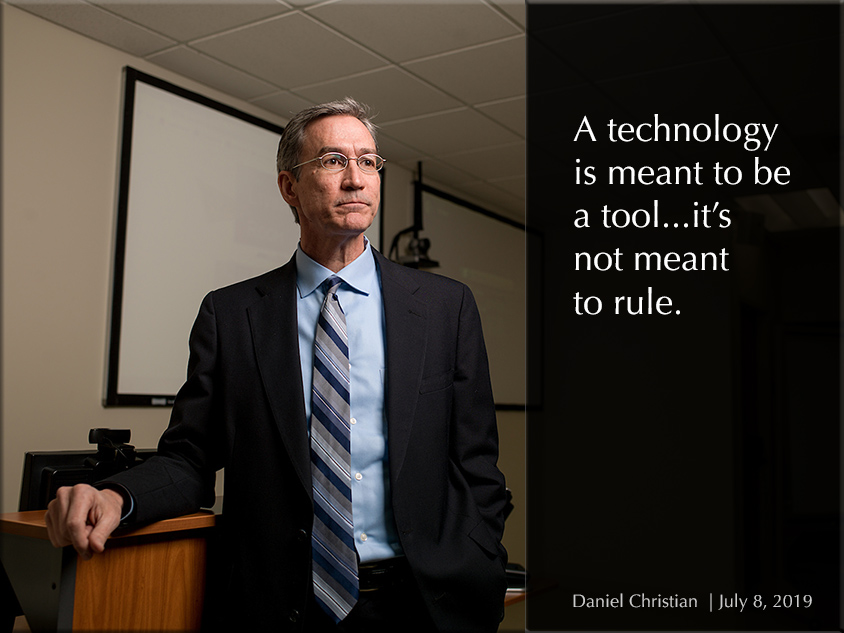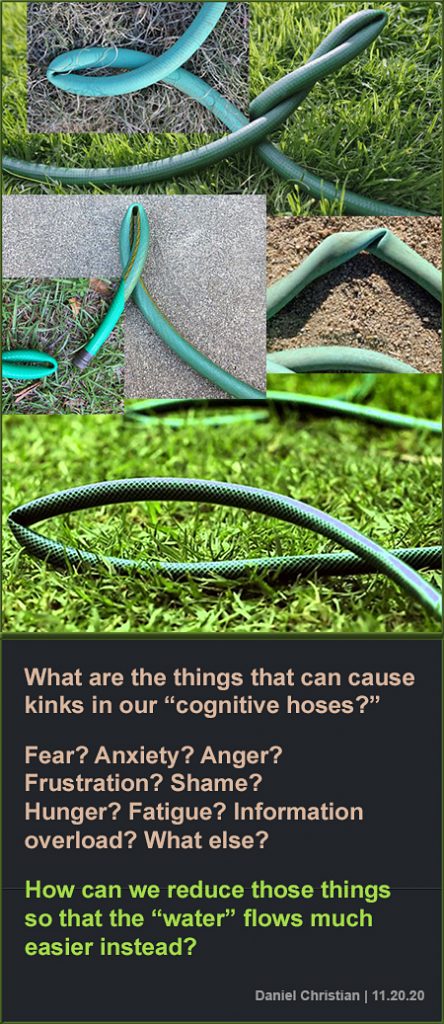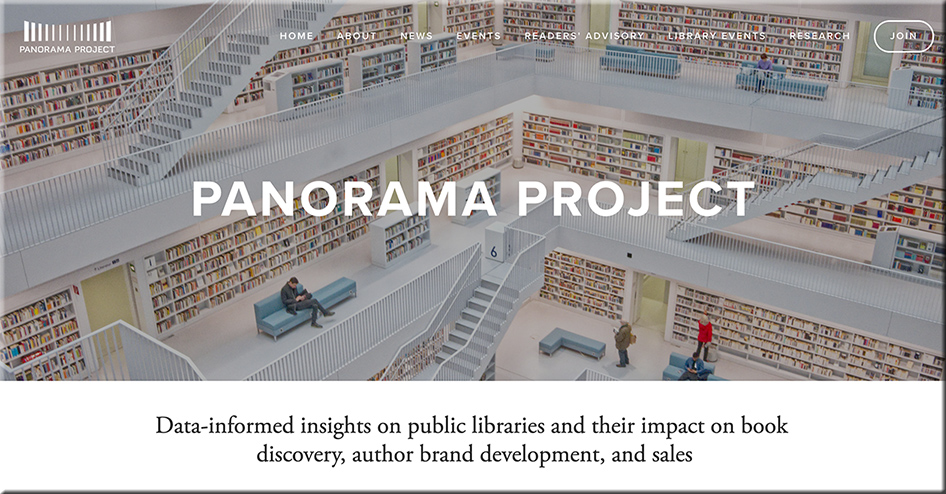Inspire, Create & Celebrate: 6 Steps to turn your Library Learning Commons (LLC) into a place where students want to be! — by Mira Campbell
Also see/get:




Inspire, Create & Celebrate: 6 Steps to turn your Library Learning Commons (LLC) into a place where students want to be! — by Mira Campbell
Also see/get:
Can colleges compete with companies like Coursera? — from highereddive.com by Rick Seltzer
Arthur Levine discusses how trends like personalized education are unfolding, what’s driving them, and what can go right or wrong for colleges.
Excerpt:
They say colleges will see their control over the market slip while consumers increase their power. New content producers like companies and museums are entering the postsecondary market. Students will often prioritize personalized education and low prices. Measuring learning by time in seats will transition to outcome-based education. Degrees won’t necessarily be the dominant form of credential anymore as students turn to “just-in-time education” that quickly teaches them the skills for microcredentials they need for the labor market.
For higher education to be successful, you have to have its feet in two worlds. One world is the library, and that’s human heritage. And the other is the street. That’s the real world, what’s happening now. It’s jobs, it’s the workplace.
What happens when we change quickly is we continue as institutions to keep our hold on the library, but we lose traction in the street.
Institutions have to reestablish their traction. They have to prepare students for careers. They have to prepare students for the world…
From DSC:
I also like the part where is says, “So you’ve got to ask yourself, what are they offering that would draw people there? One thing they are offering is 24/7. Another thing that they’re offering is unbundled. Another thing they’re offering is low cost, and that’s very appealing.”
American Association of Law Libraries (AALL) Innovation Showcase — from aallnet.org
Excerpt:
Law librarians and legal information professionals innovate every day—especially in the past year. The AALL Innovation Showcase is an opportunity to explore your colleagues’ innovations, presented as short videos and categorized by three library types: government, law firm, and law school.
How to apply Midyear 2021 lawsuit data to make your digital content more inclusive. — from UsableNet
Redefining the Future of Law: Alternative Legal Service Models — from clio.com by Joshua Lenon; with slides of the recording here.
Advantages of Automated and Bundled Legal Services — from clio.com
The Law Firm of the Future — from joetechnologist.com by Joseph Raczynski
The impact of blockchain, cryptocurrencies, and NFTs on the legal industry with Joseph Raczynski — from the ABA Center for Innovation
Reimagining Law: The Importance of Law Librarians in a Digital World — from legaltechmonitor.com
AI CLM Company LinkSquares Raises $40M, Says It Will Soon Release First-of-its-Kind Product — from legaltechmonitor.com by Bob Ambrogi
“Today, we’re witnessing the next major step up in power, thanks to artificial intelligence software,” Sunak wrote. “AI is creating legal solutions that can outpace and outperform traditional software in the same way steamships and diesel-powered vessels could outperform even the most impressive wind-powered tall ships.” And just as the step up to power changed what boats could do, “Linksquares is changing what a legal software solution can do and be.”
From DSC:
AI has plenty of pitfalls, no doubt. But a range of AI-based technologies continues to move forward and become further integrated into numerous industries and disciplines. The legal realm is not only using AI-based applications already, but it will also need to have the knowledge to be able to support clients who bring cases involving AI (and other emerging technologies) to them.
2Civility – Illinois Supreme Court Commission on Professionalismhttps://t.co/rVeOuGa0Ga
DC: Interesting to hear law librarians starting to use bots to assist their attorneys — in this piece at the 4:30min mark: https://t.co/7ope7CEsj3
— Daniel Christian (he/him/his) (@dchristian5) July 16, 2021
So this is what my new Streaming TV studio looks like – I call it ‘Keynote Television’ — from futuristgerd.com by Gerd Leonhard
Excerpt:
Many of you have asked me how I do my online keynotes, specifically my green screens, lights, virtual backgrounds etc. So here are some pictures and below is a short video from Twitter but the bottom line is… it’s complicated and took me some 6 months to learn it all:)). But well worth it: Keynote Television rocks!
From DSC:
I was one of those people who asked Gerd if he would tell teachers, professors, trainers, IDs, and others how he does what he does. Thanks Gerd for sharing this information! May it be a blessing to many!
Global Accessibility Awareness Day is this Thursday, May 20, 2021
Help us celebrate the tenth Global Accessibility Awareness Day (GAAD)! The purpose of GAAD is to get everyone talking, thinking and learning about digital access and inclusion, and the more than One Billion people with disabilities/impairments.
Also see:
Dominique Coulon & Associés adds curved glass extension to library in a renovated French manor — from dezeen.com by Alyn Griffiths
Panorama Project Releases Immersive Media & Books 2020 Research Report — from panoramaproject.org
Excerpt:
The Panorama Project, a cross-industry publishing initiative, released today Immersive Media & Books 2020 a comprehensive market study that gauges the role of books and consumer engagement by age groups, ethnicity, and more. This report contains survey data from 4,300+ pre-qualified respondents and was authored by Dr. Rachel Noorda and Dr. Kathi Inman Berens, faculty members of the Portland State University graduate program in Book Publishing.
Data collection and analysis for Immersive Media & Books 2020 were conducted in the midst of the COVID-19 pandemic and represent Panorama Project’s ongoing commitment to research. The report is rich with data, including graphs and tables to illustrate provocative findings that will stimulate discourse between publishers, authors, librarians, booksellers, thought leaders, advocacy groups and the media.
From DSC:
THIS is incredible technology! Check out the Chroma-keying technology and the handwriting extraction feature of the Sony Analytics appliance.
From Sony’s website (emphasis DSC):
No matter where the speaker is standing, the Handwriting Extraction feature ensures that any words and diagrams written on a board or screen remain in full view to the audience — via AR (augmented reality).
Even if the speaker is standing directly in front of the board, their ideas, thinking process, and even their animated presentation, are all accessible to the audience. It’s also easy for remote viewers and those playing back the presentation at a later date to become immersed in the content too, as the presenter is overlaid and the content is never compromised.
Also, the chroma keying tech can be useful/engaging as well.
I saw this at IUPUI’s recent webinar/tour of their new facilities. Here’s further information on that webinar from last Friday, 1/29/21:
Designing Large Active Learning Classrooms webinar/tour on 1/29/21 from the Mosaic Program at Indiana University; also features rooms/staff at IUPUI.
How to become a livestreaming teacher — from innovatemyschool.com by Bobbie Grennier
Excerpts:
What is an encoder?
The format that a video camera records content in has to be transcoded so that it can be livestreamed to a destination like Facebook Live, YouTube, Twitch and Periscope. This is accomplished using an encoder software. An encoder optimizes the video feed for the streaming platform. The key to using an encoder is to learn to set-up scenes.
From DSC:
It will be interesting to see how learning-related platforms develop in the future. I’m continually on the lookout for innovative ideas across the learning landscapes, especially due to the Learning from the Living [Class] Room vision that I’ve been tracking this last decade. The pieces continue to come together. This might be another piece to that puzzle.
An online-based teaching and learning marketplace — backed up by AI, cloud-based learning profiles, voice-driven interfaces, learning agents, and more. Feeds/streams of content into how to learn about any topic…supporting communities of practice as well as individuals. And people will be key in this platform — technology will serve the people, not the other way around.

My Favorite Wonder Tools of 2020 — from wondertools.substack.com by Jeremy Caplan
Excerpts:
Here are a few things I loved in 2020:
Math Tango
If you have a little one, this app is a grand slam. Recommended by her teacher, Math Tango was a surprise favorite for my younger daughter, who started kindergarten this fall. She rarely used a screen until remote school began. She loves the app’s creative puzzles and she’s enjoyed learning lots of basic math. It’s $8/month or $50/year, for ages 5-10.
Seek
Point the app at a plant, flower, bug or animal and it magically identifies it. Depending on how close you are, how much light there is, and how good your phone’s camera is, results vary, but I was impressed.
Librarians become go-to resource during school closures — from educationdive.com by Shawna De La Rosa
Dive Brief:


